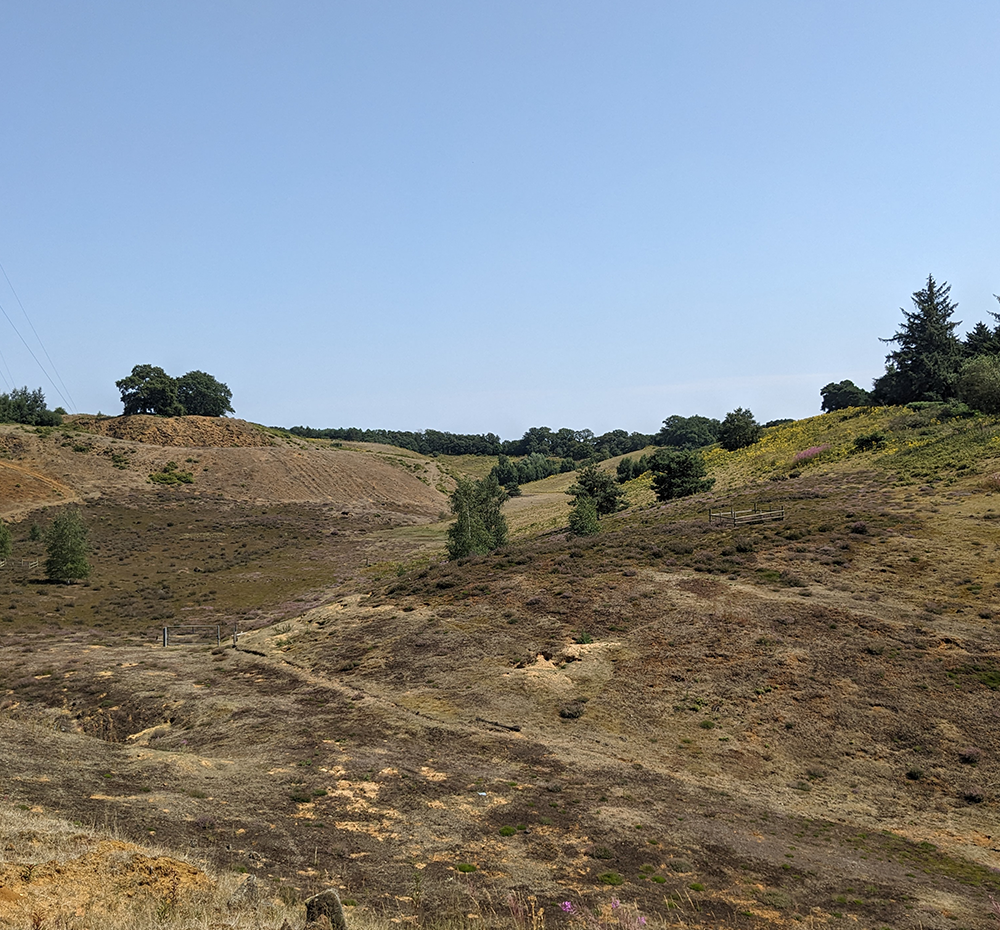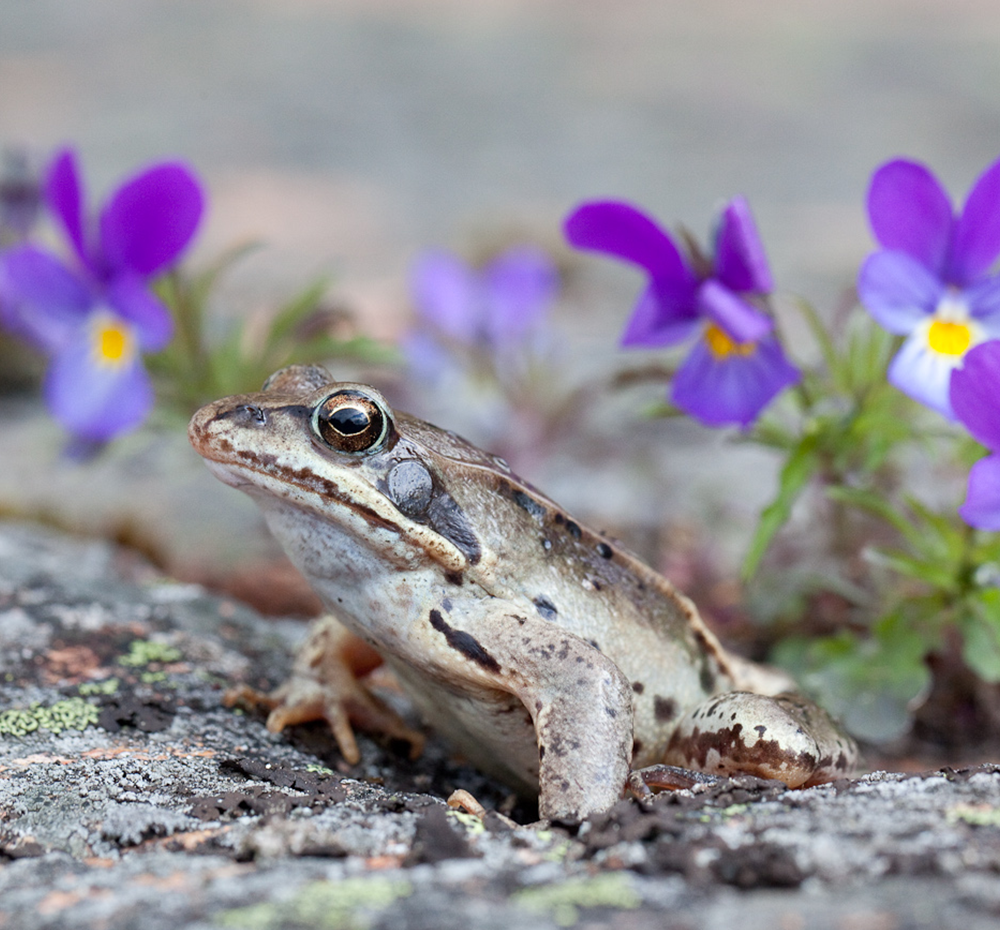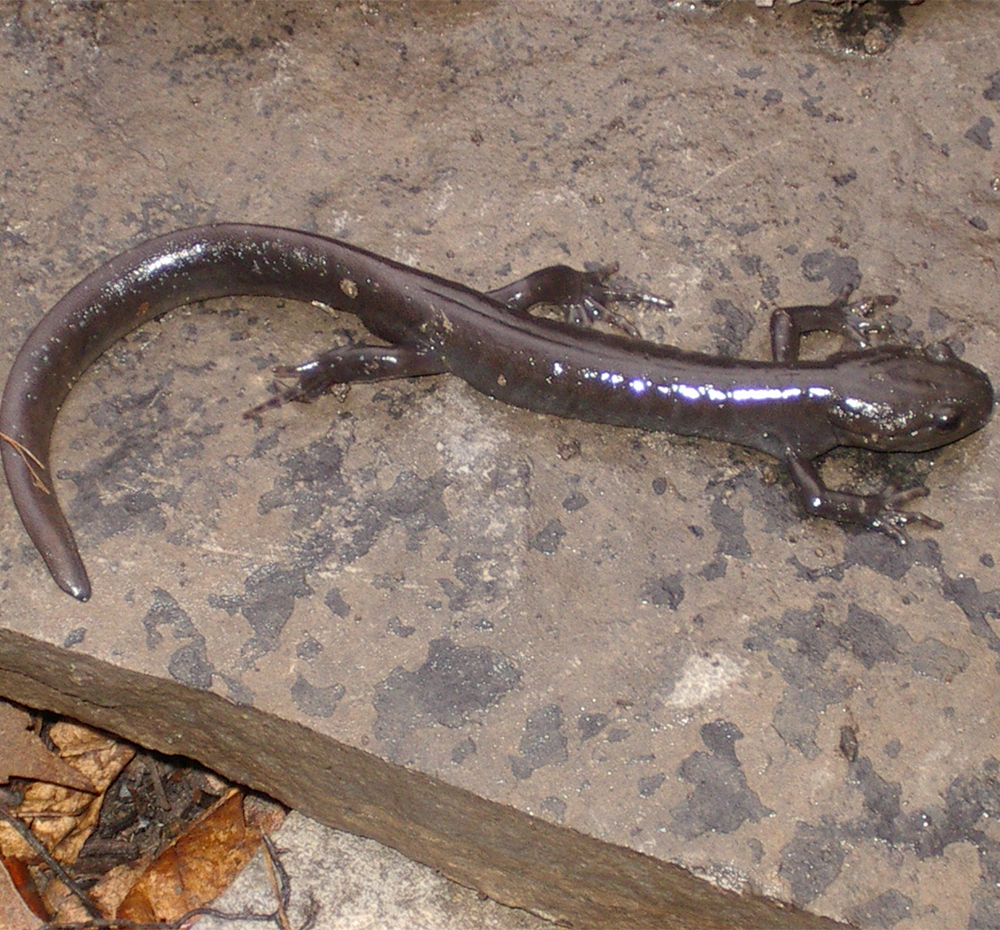Natural World
Our approach to the natural world
We’re leveraging our expertise, partnerships and emerging technologies to protect nature in and around our locations.
0
of locations in sensitive areas with biodiversity management plans in place in 2024
0


